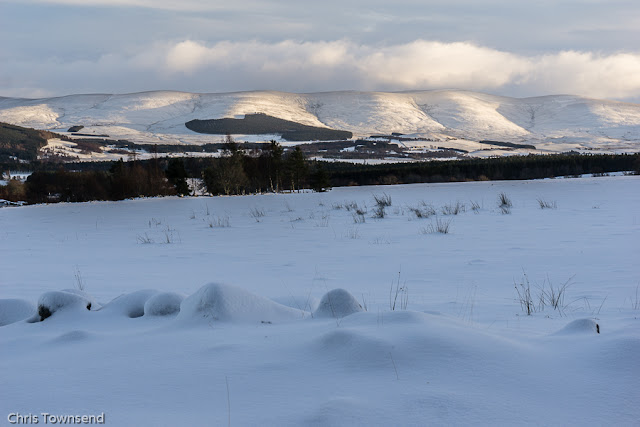Here are brief reviews of the outdoor and nature books I enjoyed last year. I'm happy to recommend all of them.
Walking Man: The Secret Life of Colin Fletcher by Robert Wehrman
A book I'd been looking forward to for several years Walking Man is a fascinating biography of my favourite writer on backpacking and hiking. See my full review
here.
Inglorious: Conflict In The Uplands by Mark Avery
A very readable damning indictment of the driven grouse industry
Inglorious is packed with information and detail. An important book.
The Wood For The Trees: The Long View of Nature from a Small Wood by Richard Fortey
Fortey is one of my favourite popular science writers (
Earth: An Intimate History and
Life: An Unauthorised Biography are both superb). In this intriguing book he describes nature and the British landscape from the perspective of one small wood in the Chiltern Hills.
Hidden Histories: A Spotter's Guide To The British Landscape by Mary-Ann Ochota
The opposite of
The Wood For The Trees this book is a guide to understanding the British Landscape and is packed full of useful information. A reference book for long term use.
Let My People Go Surfing: The Education of a Reluctant Businessman by Yvon Chouinard
An updated and expanded edition of Chouinards story of Patagonia and how he sees the company as a means for promoting environmental campaigns
and ethical business.
The Invention of Nature: The Adventures of Alexander Von Humboldt, The Lost Hero of Science by Andrea Wulf
Excellent biography of a neglected but important figure.
A Mountain Before Breakfast by Alan Rowan
The first of two somewhat exhausting books on the Corbetts. Not exhausting for any negative reasons but for how they left me feeling! In this case the round involves many night walks, as you'd expect from the author of Moonwalker, and many long drives plus masses of excitement and entertaining events.
The Corbett Round; A unique continuous traverse of 219 Scottish mountains by Manny Gorman
In 2009 Gorman ran round all the Corbetts in a record 70 days. Reading the exciting story involving wild weather, injuries really brings home just how astonishing an achievement it was.
The Rainforests of Britain and Ireland: A Traveller's Guide by Clifton Bain
A useful reference guide to every remnant bit of rainforest left in Britain and Ireland.
Mountains and Rivers: Dee Valley Poems from Source to Sea by Brian Lawrie
A lovely little volume of hill and river poems.
The Ancient Pinewoods of Scotland: A Companion Guide by Clifton Bain
A pocket size compact version of the excellent
The Ancient Pinewoods of Scotland for field use.
Wild America: A personal celebration of the National Parks by David Muench & Roly Smith
Last year was the centenary of the US National Park Service. Packed with wonderful photographs and tempting descriptions this book shows just why the national parks are so valuable.
The Range of Light: Night & Day On The John Muir Trail by Nick Foster and Scott Lange
Spectacular and dramatic photos by two astrophotographers from their hike along the John Muir Trail.

















































